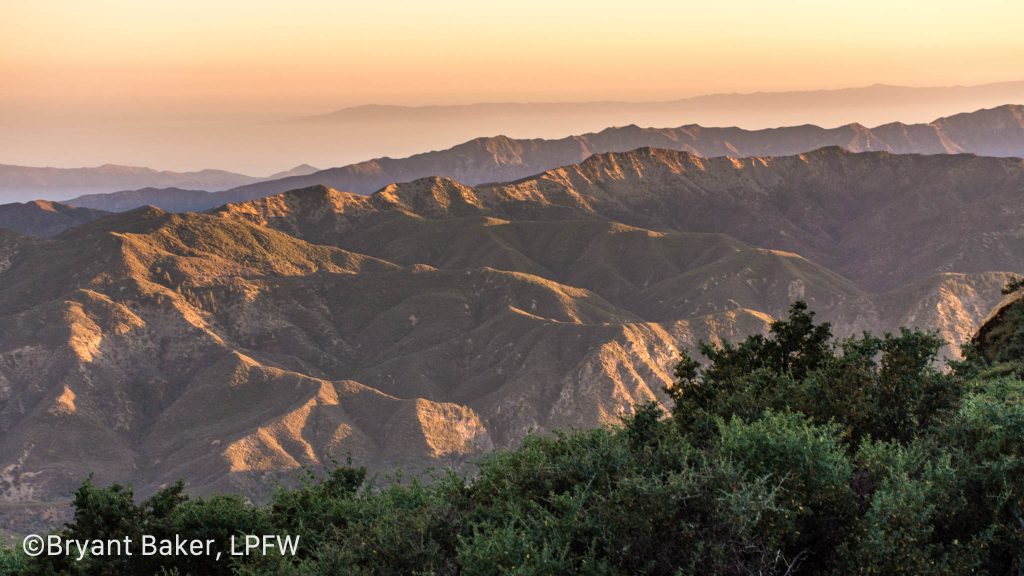
WASHINGTON, D.C. — Today, the U.S. House of Representatives passed the Central Coast Heritage Protection Act, a bill that safeguards public lands and wild rivers in the Los Padres National Forest and the Carrizo Plain National Monument in Santa Barbara, Ventura, San Luis Obispo, and western Kern counties, and designates a 400-mile National Scenic Trail from Los Angeles to Big Sur.
The bill was championed in the House by Representative Salud Carbajal (D-CA) and passed with bipartisan support as part of a larger package of public lands bills that together will protect more than 1.5 million acres in California, Washington, Colorado, Oregon, Arizona, Maine, Virginia, West Virginia, Kentucky, and the U.S. Virgin Islands. The legislative package also formalizes the Outdoor Recreation Legacy Partnership program to provide grants for outdoor recreational opportunities in urban and low-income cities nationwide.
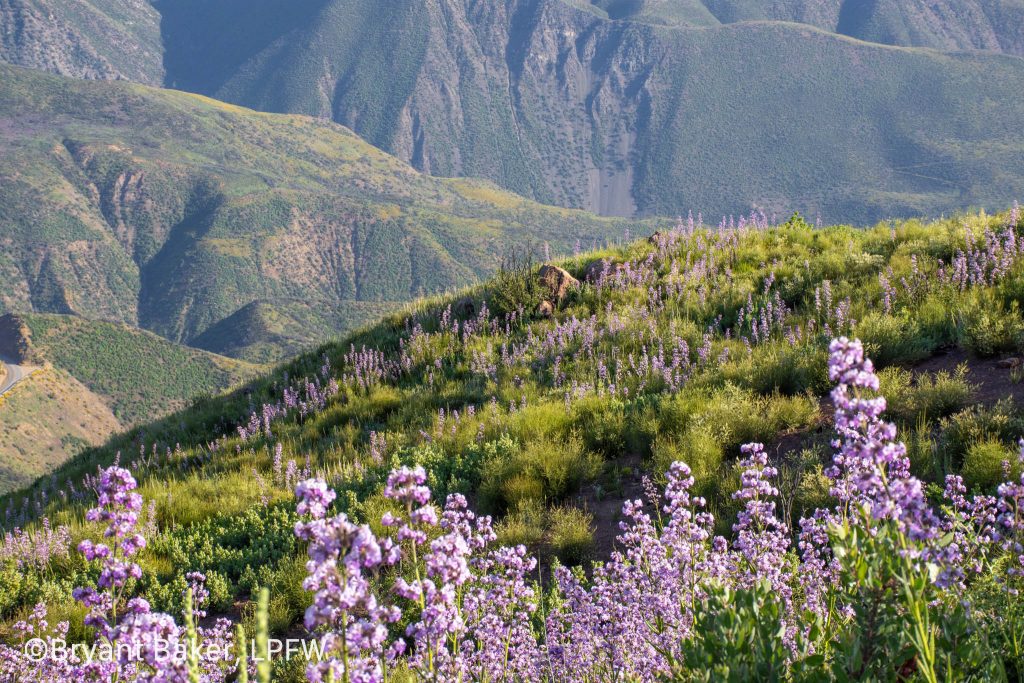
The Central Coast portion of the bill is supported by a diverse array of more than 500 civic groups and leaders, landowners, businesses, elected officials, schools, farmers and ranchers, and recreation enthusiasts. The effort stems from over a decade of discussion and negotiation involving a coalition of local stakeholders interested in the sustainable use and protection of some of the most ecologically diverse areas in California, right in their back yard. Many of the public lands protected by the legislation provide access to green space near developed communities that are more accessible than national parks in the region.
The bill adds stronger protections to 290,000 acres of rare and sensitive sites in the Los Padres National Forest and the Carrizo Plain National Monument, both of which are currently threatened by oil development, mining, and commercial logging including parts of a project proposed for Pine Mountain. It will also create two scenic areas encompassing 34,500 acres and safeguard 159 miles of wild and scenic rivers.
The Los Padres—California’s second largest national forest—rises from the Pacific Ocean to over 8,800 feet in elevation and provides habitat for at least 468 species of wildlife, including the endangered California condor and the southern steelhead, and around 2,000 species and subspecies of native plants. The Carrizo Plain harbors an incredible diversity of plant and animal life, including one of the largest concentrations of threatened and endangered species in the U.S. as well as important populations of tule elk and pronghorn antelope. Both Los Padres National Forest and Carrizo Plain National Monument are home to Native American cultural sites.
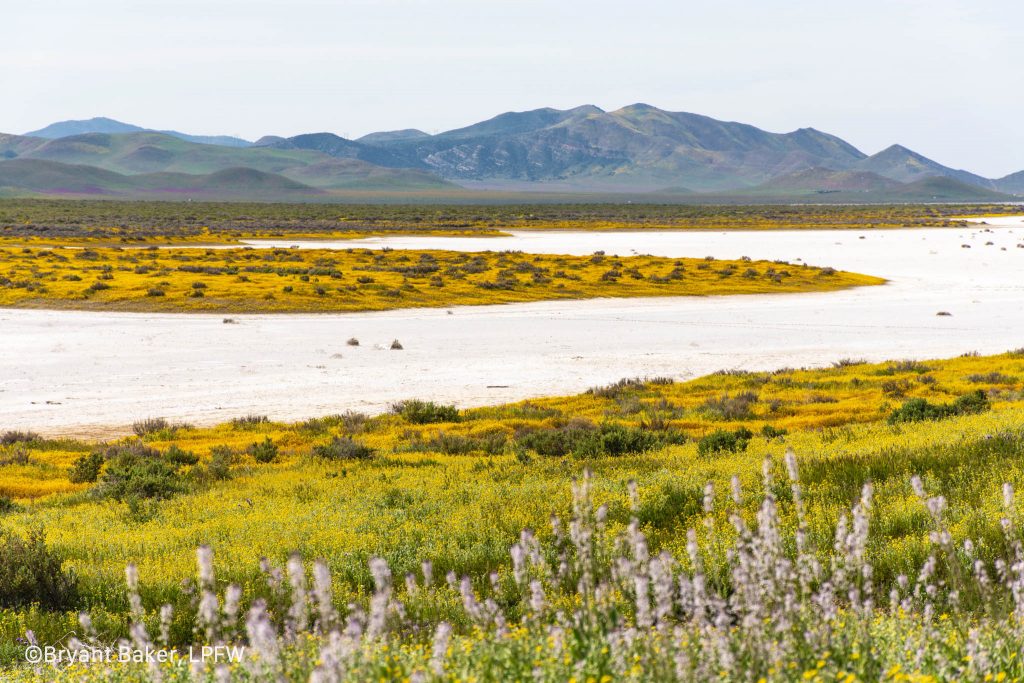
“The areas that will be protected under this bill are home to some of the most unique plants, animals, and entire ecosystems in California,” said Los Padres ForestWatch conservation director Bryant Baker. “They deserve the strongest protections possible.”
Los Padres and Carrizo Plain National Monument offer outstanding recreational opportunities, including hiking, camping, bird watching, horseback riding, kayaking, hunting, fishing, mountain biking, and scenic driving. The legislation would designate a 400-mile Condor National Scenic Trail that would stretch across the entire length of the Los Padres National Forest, from Big Sur to the Los Angeles County line, a designation that is shared by the Pacific Crest Trail (PCT) and Appalachian Trail.
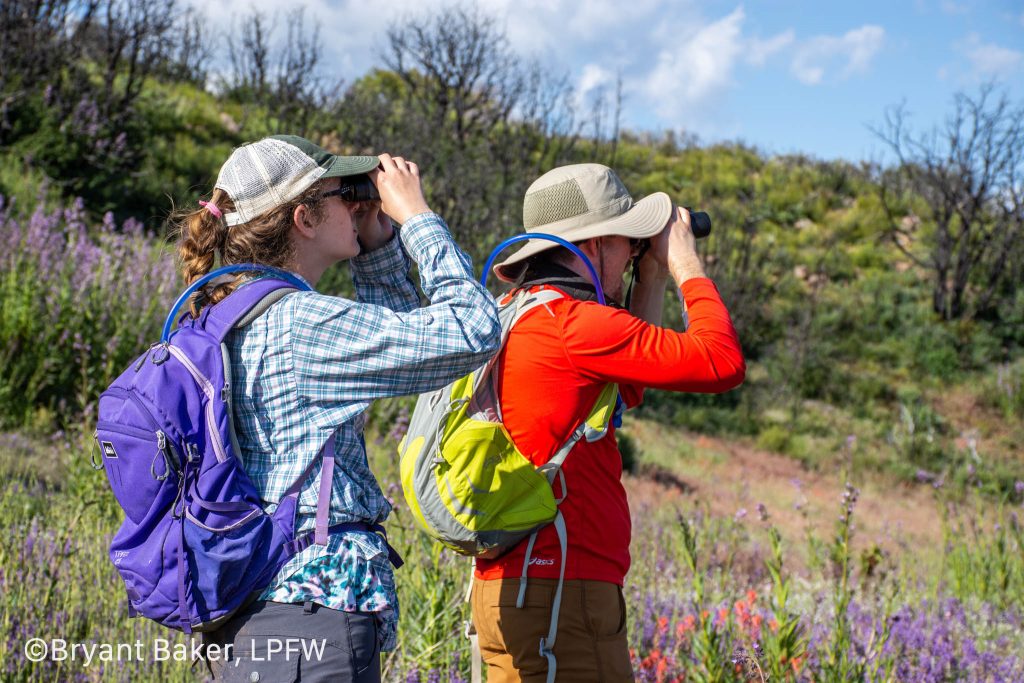
Prior to the pandemic, iconic scenery and world-class restaurants, wineries, and breweries, made the Central Coast a top tourist destination. Increased tourism and outdoor recreation opportunities through public lands protections will provide an additional economic boost to local communities, particularly in the area surrounding the Los Padres National Forest, as communities work to recover from the pandemic.
“With outdoor recreation often privatized, the Central Coast Heritage Act is a step in the right direction in protecting open spaces and securing everybody’s right to the outdoors,” said Rebeca Garcia, Santa Maria Policy Advocate with Central Coast Alliance United for a Sustainable Economy (CAUSE). “Accessible outdoor spaces are a crucial contributor to improving the overall health of our working class and immigrant families.
Communities of color are also often most at risk to unsafe living conditions, and this act will ensure our communities have clean air and water from Los Padres National Forest and the Carrizo Plain National Monument. Thank you to everyone fighting for equitable access to outdoor spaces and clean water for our vulnerable communities.”
Lands and Streams Proposed for Protection Include:
- Ventura County: Several areas will be added to the existing Matilija, Sespe, and Chumash Wilderness Areas. Segments of Sespe Creek, Piru Creek, and Matilija Creek will be listed as Wild and Scenic Rivers.
- Santa Barbara County: Various land will be added to the Dick Smith and San Rafael Wilderness Areas. The Diablo Caliente Wilderness in the Upper Santa Ynez River watershed, Fox Mountain Potential Wilderness Area in the Sierra Madre Mountains above the Cuyama Valley, and the Condor Point Scenic Area in the Santa Ynez Mountains between the Gaviota Coast and Lake Cachuma will be newly designated. Segments of Mono Creek, Indian Creek, South Fork Sisquoc River, Manzana Creek, Fish Creek, Munch Creek, and Davy Brown Creek will be listed as Wild and Scenic Rivers.
- San Luis Obispo County: Areas will be added to the Santa Lucia, Garcia, and Machesna Mountain Wilderness Areas. The Caliente, Temblor, and Soda Lake Wilderness Areas in the Carrizo Plain National Monument and the Black Mountain Scenic Area in the La Panza Range east of Santa Margarita will be newly designated.
“Protecting land as Wilderness is a critical piece of the climate solution,” said Los Padres ForestWatch advocacy director Rebecca August. “It is the highest protection granted by the U.S. government and bans oil drilling and commercial logging—activities allowed in the national forest and monument. Fossil fuels and deforestation are leading contributors to climate change. Wilderness designation preserves the land’s ability to sequester carbon, gives animals and plants undisturbed habitat to adapt to a changing environment, and recent studies show that Wilderness burns less frequently and at a lower severity than other lands.”
The bill now moves to the Senate. The Biden administration issued a statement earlier this week supporting the legislation as part of its goal of protecting 30 percent of our nation’s lands and waterways by the year 2030.
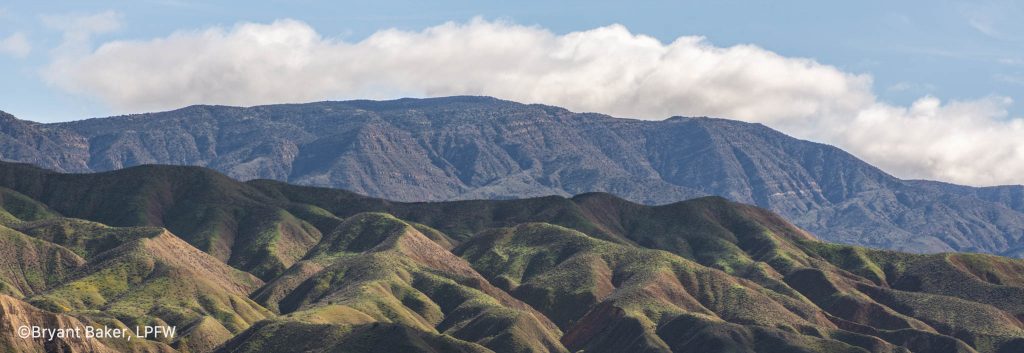
The Central Coast Wild Heritage Campaign comprises more than 500 civic groups and leaders, landowners and inholders, businesses, elected officials, schools, farmers, ranchers, and recreation leaders who support Congressman Carbajal’s’ efforts to protect special places, safeguard clean water sources, boost local economies, and enhance recreational opportunities. Learn more: centralcoastwild.org.

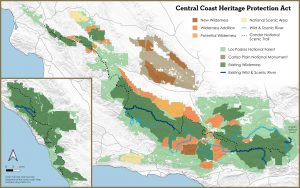






Comments are closed.